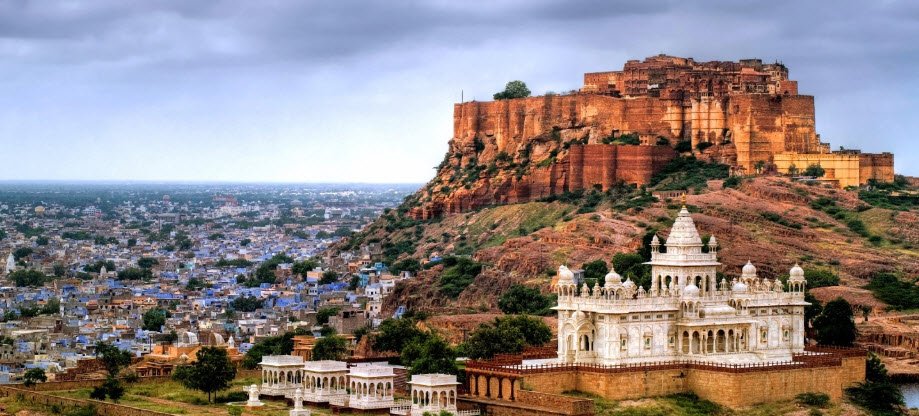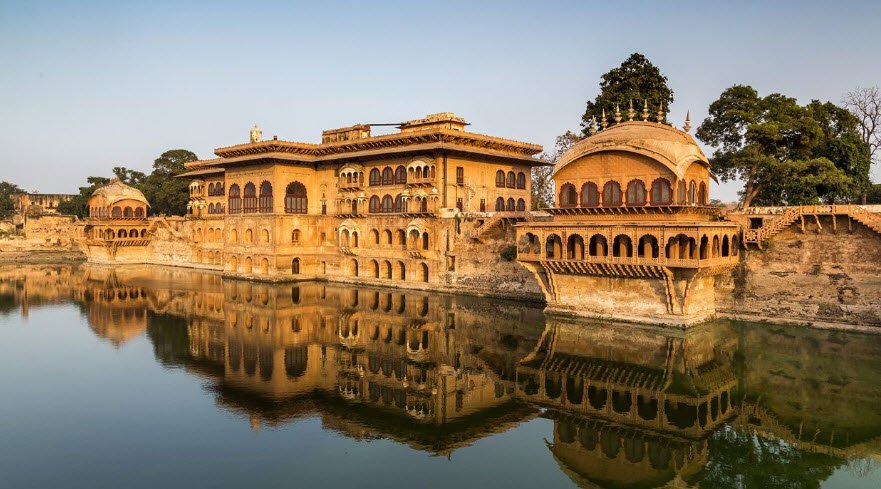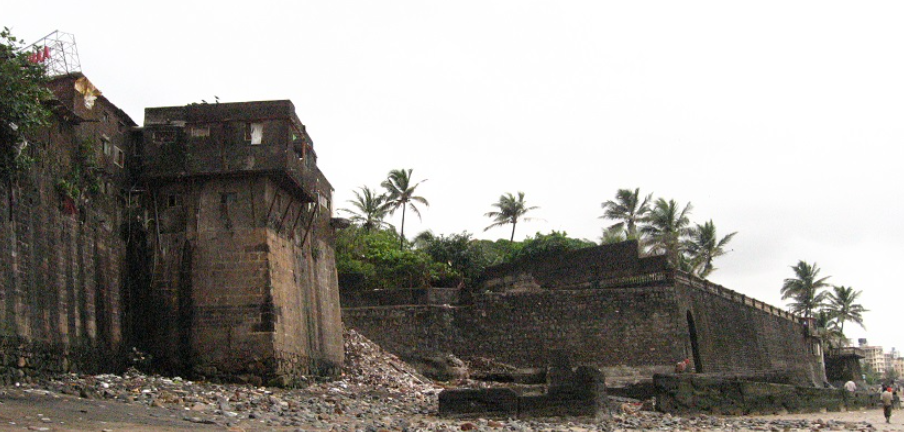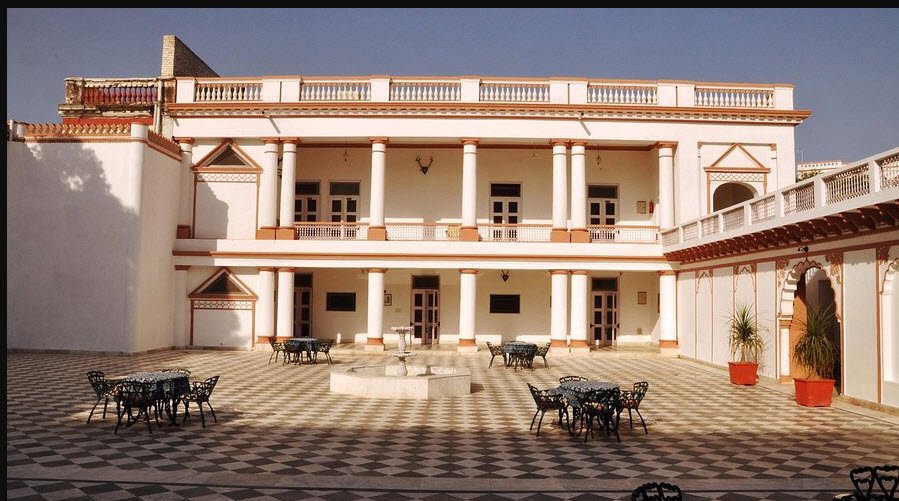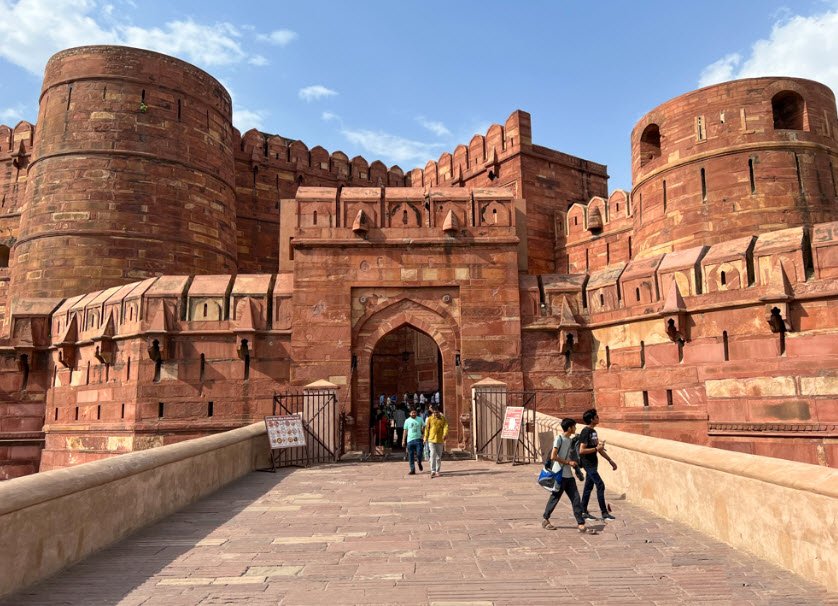
Bhushangad
Fort
Bhushangad
Bhushangad is a hill fort located in the Khatav taluka of Satara district, Maharashtra. The fort rises about 600 feet above the surrounding plains, with a flat oval top area of around 300 square yards.
Its origins are unclear, but local legend attributes its construction either to King Singhana of Devagiri in the early 13th century or to Shivaji Maharaj in 1676, who is said to have rebuilt it after capturing it from the Adilshahi rulers. Later, Aurangzeb took control of the fort and renamed it “Islamtara.” The fort eventually came under British control in 1848.
It houses temples dedicated to Goddess Haranaidevi, who is revered by the Kulkarni clan, and to Lord Maruti. The fort has been well preserved, with access steps constructed by villagers and afforestation creating a green canopy. It offers scenic views and is popular among local visitors for its historical significance and natural beauty.
FAQ (Frequently Asked Questions)
Bhushangad is located in Satara, Maharashtra.
No, Vushii.com is an informational website that helps users explore and learn about different destinations in India. While we don’t offer bookings, our content can help you plan your trips better.
Yes! We offer detailed travel guides that include must-visit places, historical significance, best times to visit, and local attractions to help travelers make the most of their trips.
We strive to keep our content updated regularly to provide accurate and relevant travel information. However, we recommend checking official sources for the latest updates on entry fees, timings, or travel restrictions.
Currently, our content is created by a dedicated team of researchers and writers. However, if you have valuable insights or corrections, you can contact us through our website.
You can reach out to us through our Contact Us page or email us at contact@vushii.com for any queries or suggestions.
Yes! We encourage users to share our content with friends and family. You can use the social media sharing options available on our website.

